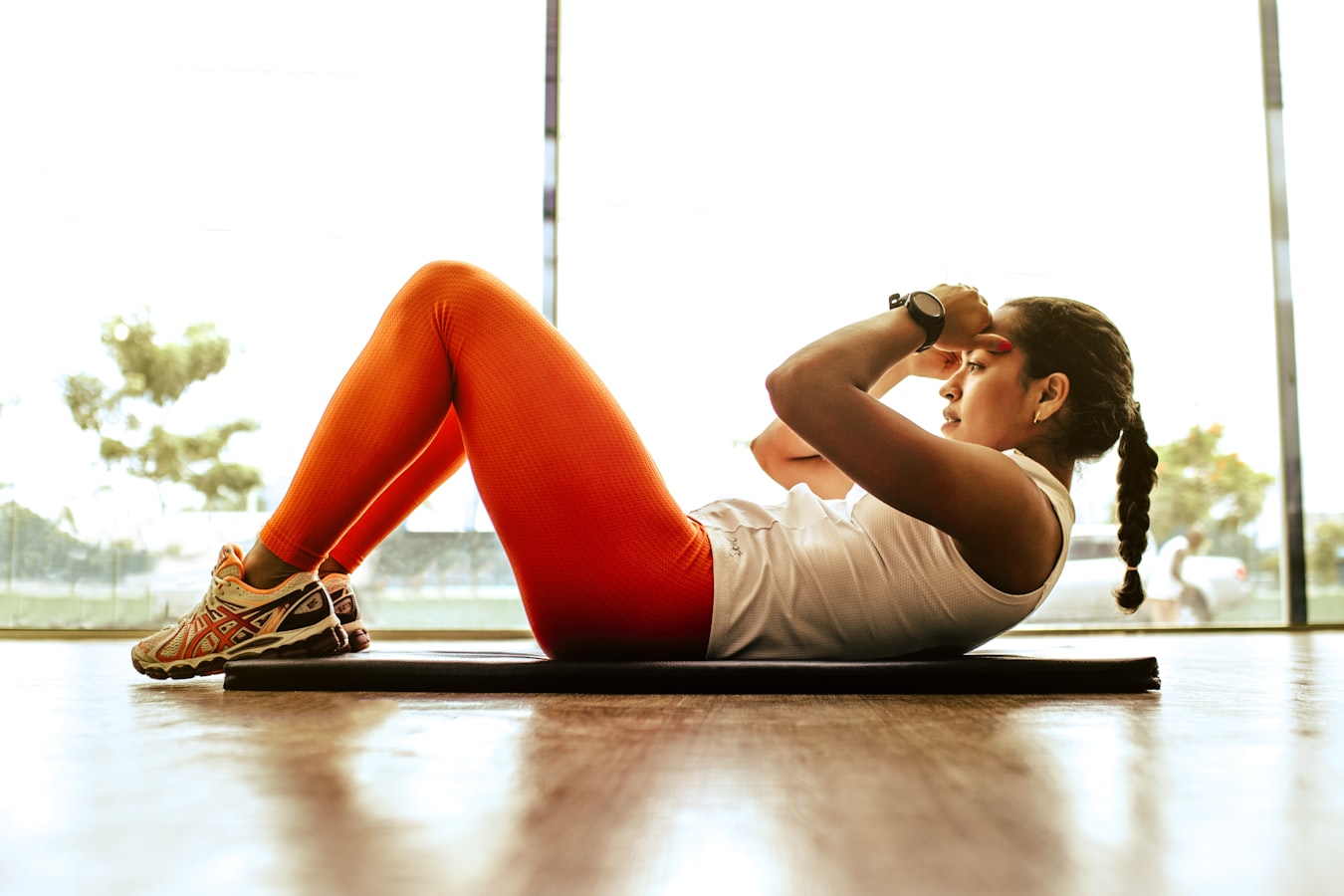The Hidden Battle: Unmasking Sports Fatigue in China's Future Tennis Stars
Serve. Volley. Collapse? The science behind why some players crumble under pressure while others thrive
Imagine sprinting across the court on match point—legs burning, vision blurring, racket slipping in sweat-drenched hands. This isn't just exhaustion; it's sports fatigue, a silent saboteur derailing dreams. At Wuhan Institute of Physical Education, researchers are dissecting this phenomenon in tennis prodigies, revealing why some players crumble under pressure while others thrive 1 .
The Science of Hitting Empty
Fatigue isn't laziness—it's physiology screaming for mercy. When tennis players push through intense rallies, their bodies undergo a chemical siege:
Energy Depletion
Muscle glycogen stores nosedive, leaving players feeling "zapped" 1 .
"Modern tennis isn't just skill; it's survival against your own biology," notes a Wuhan researcher 1 .
The Shoulder Test: A Landmark Experiment
Why do perfect shots turn wild mid-match? A groundbreaking study exposed the critical link between fatigue, shoulder mechanics, and accuracy 2 .
Methodology
- Participants: 19 elite male table tennis athletes (parallels apply to tennis biomechanics).
- Fatigue Induction: Players performed shoulder rotations using an ISOMED 2000 isokinetic dynamometer until exhaustion.
- Testing: Pre- and post-fatigue, players hit forehands at targets while high-speed cameras tracked:
- Shoulder joint position (proprioception)
- Ball landing precision
- Stroke kinematics 2 .
Results
Fatigue demolished performance:
- ↓ 40% accuracy on forehands
- ↓ 32% shoulder proprioception (internal/external rotation)
- Non-racket arms weakened too—proof fatigue spreads systemically 2 .
| Parameter | Pre-Fatigue | Post-Fatigue | Drop |
|---|---|---|---|
| Stroke Accuracy (%) | 92.1 | 55.3 | 40% ↓ |
| Shoulder Proprioception (°) | 4.2 | 2.9 | 32% ↓ |
| Reaction Time (ms) | 210 | 310 | 48% ↑ |
"Fatigue doesn't just hurt; it blinds your muscles to where they are in space," explains lead author Dr. Li 2 .
Beyond Muscles: The Mental Meltdown
Physical fatigue is only half the battle. When researchers at Akdeniz University drained attention reserves using 30-minute Stroop tests (identifying mismatched color-word pairs), results showed:
- Mental fatigue spiked error rates by 27% on groundstrokes
- Attention lapses delayed reactions by 100+ milliseconds—enough to miss a return 5 8 .
| Type | Cause | Impact | Detection Tool |
|---|---|---|---|
| Metabolic | Glycogen loss, lactate buildup | Power loss, cramping | Blood lactate monitors 7 |
| Neural | Proprioception decline | Poor coordination, mistimed swings | Isokinetic dynamometers 2 |
| Cognitive | Attention depletion | Tactical errors, slow decisions | Stroop tests 5 |
Fighting Back: Evidence-Based Recovery
Wuhan's meta-analysis of 23 studies (743 athletes) reveals how to counter fatigue 4 :
Winning Strategies
Neuromuscular Training
- Plyometrics boost serve velocity by 11%
- Core stability drills cut agility time by 9% 4 .
Precision Hydration
Electrolyte-balanced drinks reduce cramp risk by 34% 1 .
Mental Reset Protocols
15-minute mindfulness sessions restore focus eroded by fatigue 5 .
| Intervention | Effect on Performance | Optimal Dose |
|---|---|---|
| Plyometric Training | ↑ Serve speed, ↑ power | 2x/week, 40-70% 1RM 4 |
| Cold Water Immersion | ↓ Muscle soreness, ↓ inflammation | 10-15°C, 10-15 min post-match 6 |
| Cognitive Refocusing | ↑ Decision accuracy, ↓ mental fog | Pre-match 15-min drills 5 |
The Scientist's Toolkit: Decoding Fatigue
Essential gear from Wuhan's labs 1 2 :

MVN Biomech Link Suit (Xsens)
Function: Tracks joint angles and muscle load during serves using 17 inertial sensors.
Finding: Fatigued players show 14° less knee bend at ball impact → weaker power transfer .

ISOMED 2000 Dynamometer
Function: Quantifies shoulder rotation strength decline post-exertion.
Finding: Even elite athletes lose 30% proprioceptive acuity after simulated matches 2 .

Lactate Pro 2 Blood Analyzer
Function: Measures real-time lactate buildup.
Finding: Levels >8 mmol/L predict 80% accuracy drops in serves 6 .
The Future: Smarter Training, Stronger Players
Fatigue isn't the enemy—misunderstanding it is. Wuhan's work proves tailored interventions transform fatigue management:
- For juniors (<18): Core stability training boosts agility 2x more than pure strength work 4 .
- Elite players: Neuromuscular drills preserve serve speed even in 5-set marathons .
"The goal isn't to avoid fatigue—it's to dance with it and still win the match," summarizes Prof. Chen of Wuhan Institute 1 .
The Takeaway: Next time you see a player fist-pumping after a grueling rally, remember—it's not just talent. It's science.